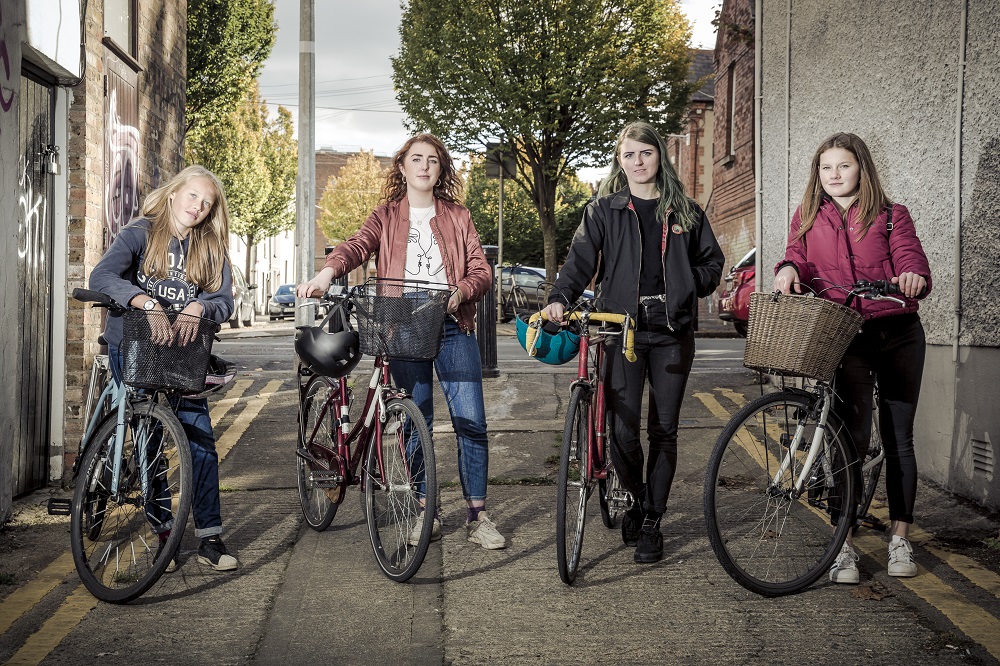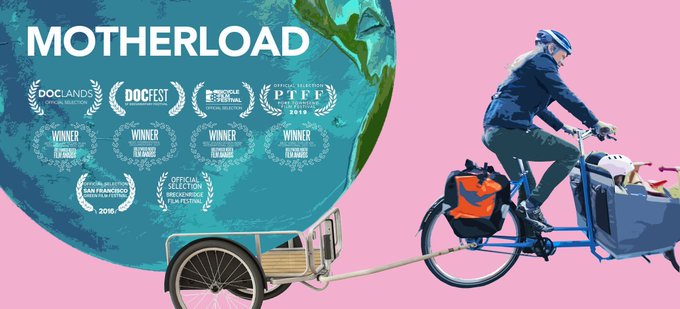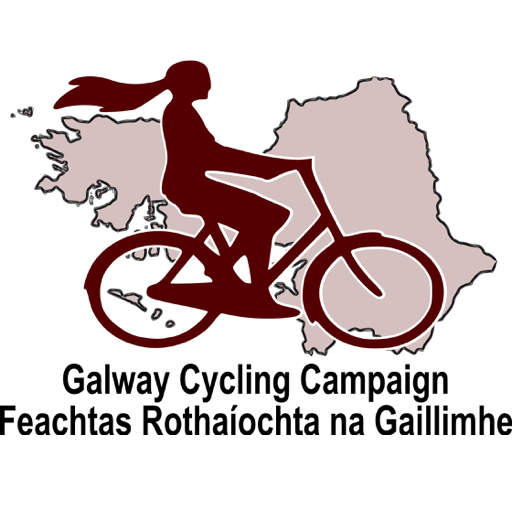Tag: andshecycles
-

Survey / Galway School Bike Count
As part of Bike Week, Galway Cycle Bus and Galway Cycling Campaign have teamed up to do an ambitious yet simple project this week: we’re going to count the number […]
-

Virtual community screening / MOTHERLOAD, the movie: a covideo party and Zoom Q&A with director Liz Canning
Our grand finale to Bike Week 2020 is hosting MOTHERLOAD as a virtual community screening and covideo party. We’re delighted that director Liz Canning will join us for a Q&A […]
-
School Park and Stride graded D for effort
The Park and Stride initiative by Galway City Council in partnership with An Taisce-Green Schools is welcomed by the Galway Cycling Campaign and Galway Cycle Bus, yet they warn that […]
